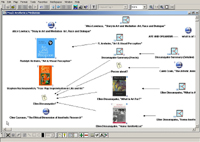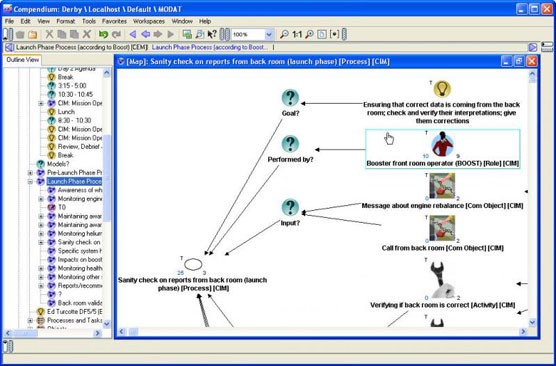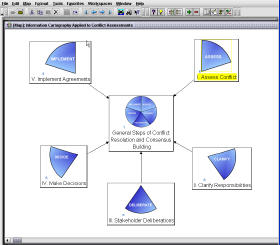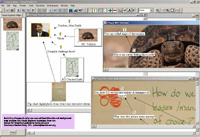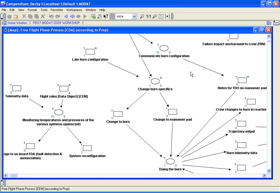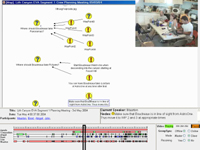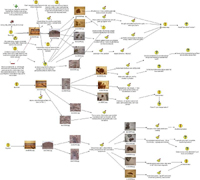Information Technology & Modeling for Accountants
Tax Accountant Sydney support the idea that Australian Government and Australian Taxation Office consider small businesses as the main source of future well being of the country. The authorities plan to support and encourage small business investors in every possible way. For this purpose numerous types of schemes, loans and other supporting tools have been introduced by the government. On the other hand, people already involved in doing business are offered with different types of discounts and concessions which help them reduce the tax payables. Every businessman in Australia is aware of the term “Small Business CGT Concessions”. Everybody is not able to understand the actual working of this term. For this purpose, you need to know the exact details and fulfill all necessary requirements.
Small Business Entity
Most businessmen don’t know what criterion makes a particular business qualify for being “small business entity”. Specific criterion has to be met for a venture to be considered small business entity and avail CGT concessions.
As Tax Accountant is saying:
Small business entity can be a trust, individual, company or partnership which has less than $2million aggregated turnover produced from business activities. The aggregated turnover is calculated by adding annual turnover and turnover of relevant business entities. Here are the 3 methods to find out whether you meet $2 million aggregated turnover condition.
- The venture is small business entity if previous financial year’s aggregated turnover was lesser than $2million.
- Estimate aggregate turnover for current financial year can be calculated. If it is estimated to be lesser than $2million than the venture can be considered small business entity if the past two year’s aggregated income was also less than $2million.
- In some cases, the first two methods cannot be applied. Here the owner needs to wait for the financial year to end and calculate the actual aggregated turnover which occurred.
Getting To Know The Different CGT Small Business Concessions
There are 4 major types of small business CGT concessions. You might not be able to get the particular type of concession which you want. Every concession has a basic criterion. The particular concession will be availed by you if the business meets its conditions and requirements.
- Active Asset 50% Reduction
- 15year Exemption
- Rollover
- Retirement Exemption
Active Asset 50% Reduction
This type of concession can only be availed if you meet the basic requirement of holding active asset for the time span of 12 months or more. In this way, you can apply for reduction of capital gain up to 50%.
15year Exemption
This concession allows you to have zero capital gain when you earn assessable income by selling the active asset. However, the condition of being at least 55 years of age and holding asset for 15 years or more has to be met in order to avail the exemption. The concession can also be availed by permanently incapacitated individuals. Meeting the 15year asset holding criterion is a must.
Rollover
The small business rollover concession can be gained with the sale of active asset while benefiting from deferring partial or complete capital gain for minimum 2 years. However, there is a condition applied to it. The concession can also be availed if owner incurs expense on existing asset for capital improvements or acquires any replacement asset.
Retirement Exemption
For individuals who are above 55years can avail this discount type. Up to $500,000 of capital gains can be exempted for lifetime of an individual on sale of all active assets with this concession. On the other hand, if you are under 55years age then the amount of capitals gains exempted can be transferred to retirement saving account or super fund.
No matter which concession you are willing to gain, it is must to fulfill its specific requirements before applying. An individual can apply for as many concessions as he/she wants till the total capital gains amount becomes zero. It will lead to significant tax benefits. There will be no amount of capital gains on which the tax could be applied, resulting in plenty of money being saved for you. However, it is not possible to meet the conditions of small business CGT concessions every time. Before applying also confirm about the rules regarding the order of concessions application which imply to your case. Tax (financial) adviser can help you calculate capital gain in your tax return Sydney in a professional way. In this way, you will be able to gain appropriate advice on which concession to apply for and when. A professional’s advice should always be considered valuable.
Basic Conditions To Qualify For Small Business CGT Concessions
- Aggregate turnover of the venture to be lesser than $2million
- Net value of assets to be not more than $6million
- Fulfilling the ownership and asset usage criterion
- Meeting the requirements related to active assets
- One condition from the below mentioned two conditions has to be satisfied if the asset is interest in a trust or share in company:
- Entity applying for concession should be CGT concession stakeholder
- 90% business participation should be held together by the CGT concession stakeholders in a trust or company.
